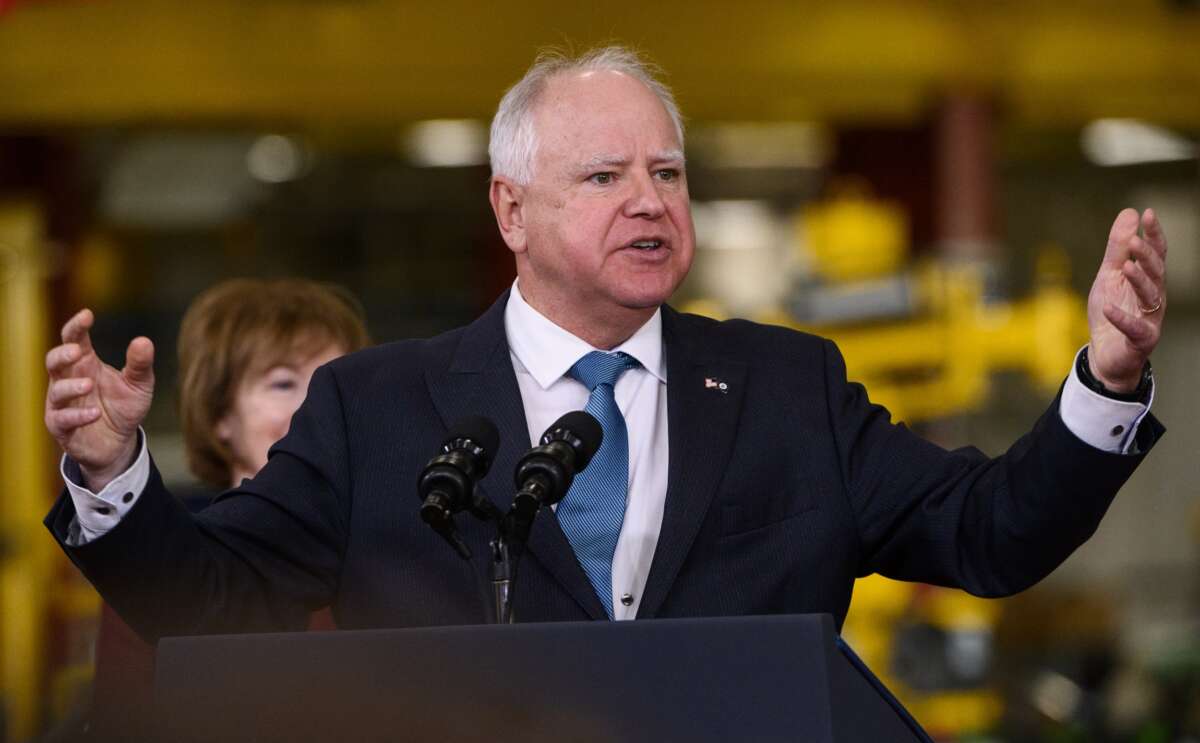Minnesota government officials are touting the state’s new child tax credit, effective for the 2023 tax filing year, as an incredible investment that will reduce child poverty in the state by a third.
Minnesota families can claim up to $1,750 per child with the new credit, which was passed by the state legislature and signed into law by Gov. Tim Walz (D) last year.
The credit is tailored to help households with lower incomes the most — a married couple with a child under the age of 18 filing jointly qualifies for the full credit only if they earn $35,000 or less per year ($29,500 for non-married filers). But the program is also designed to help families that earn more than that amount, and takes into account how many children are in the household. A married couple filing jointly with three children and earning up to $81,662 annually will still qualify for some of the child tax credit, for example.
The credit is also paid out to families for each qualifying child in the household, meaning that a household with two children whose combined income is under the qualifying threshold to receive the full credit would receive $3,500 in tax rebates.
The program is already being utilized by thousands of households in the state — in the first week of income taxes being filed in Minnesota, 48,000 families had claimed the credit, amounting to $61 million in total credits being doled out, with the average family receiving around $1,250.
According to Walz, the new tax credit has the potential to alleviate the childhood poverty rate in Minnesota by 33 percent, with around 500,000 kids from 300,000 households possibly benefiting from the program.
“By giving families with kids a boost, we’re helping families in the here and now and setting kids up for future success,” Walz said. “This is an investment that will pay off for generations.”
Child tax credit programs are demonstrably effective at lifting children and their families out of poverty. But while the U.S. overall has a federal child tax credit, only 15 states across the country have such programs in place.
If expanded, the federal program could also alleviate the financial burdens felt by many households. In 2021, an economic stimulus package that was passed in response to the economic effects of the pandemic expanded the child tax credit in the form of monthly payments to households, resulting in “child poverty [falling] to its lowest level on record,” a report from Brookings noted. The expiration of that expanded credit the following year, however, in combination with a rise in inflation, saw childhood poverty rates jump by more than twofold in the year after it ended.
